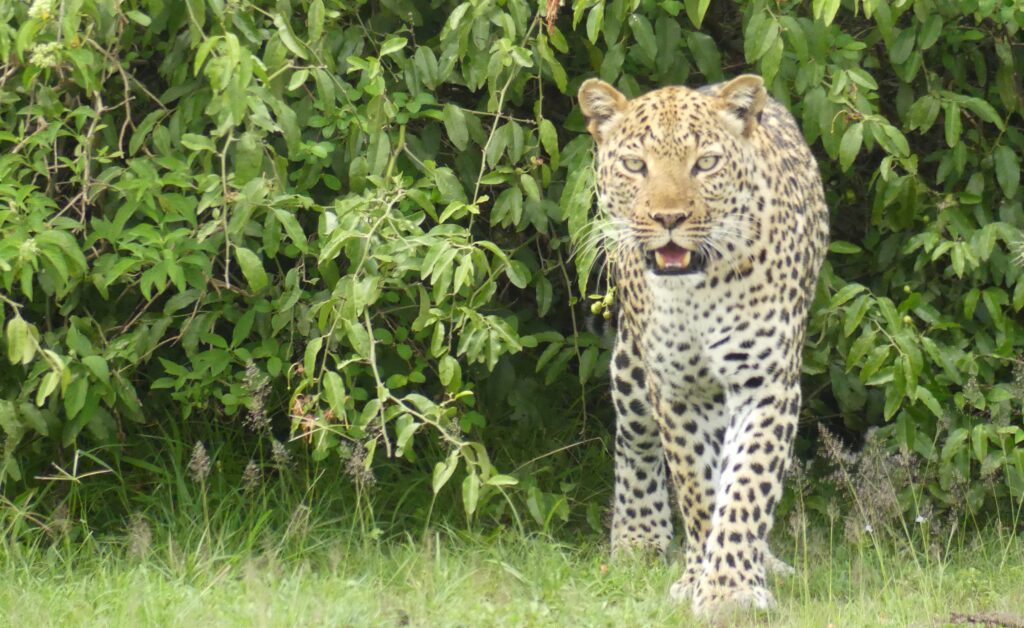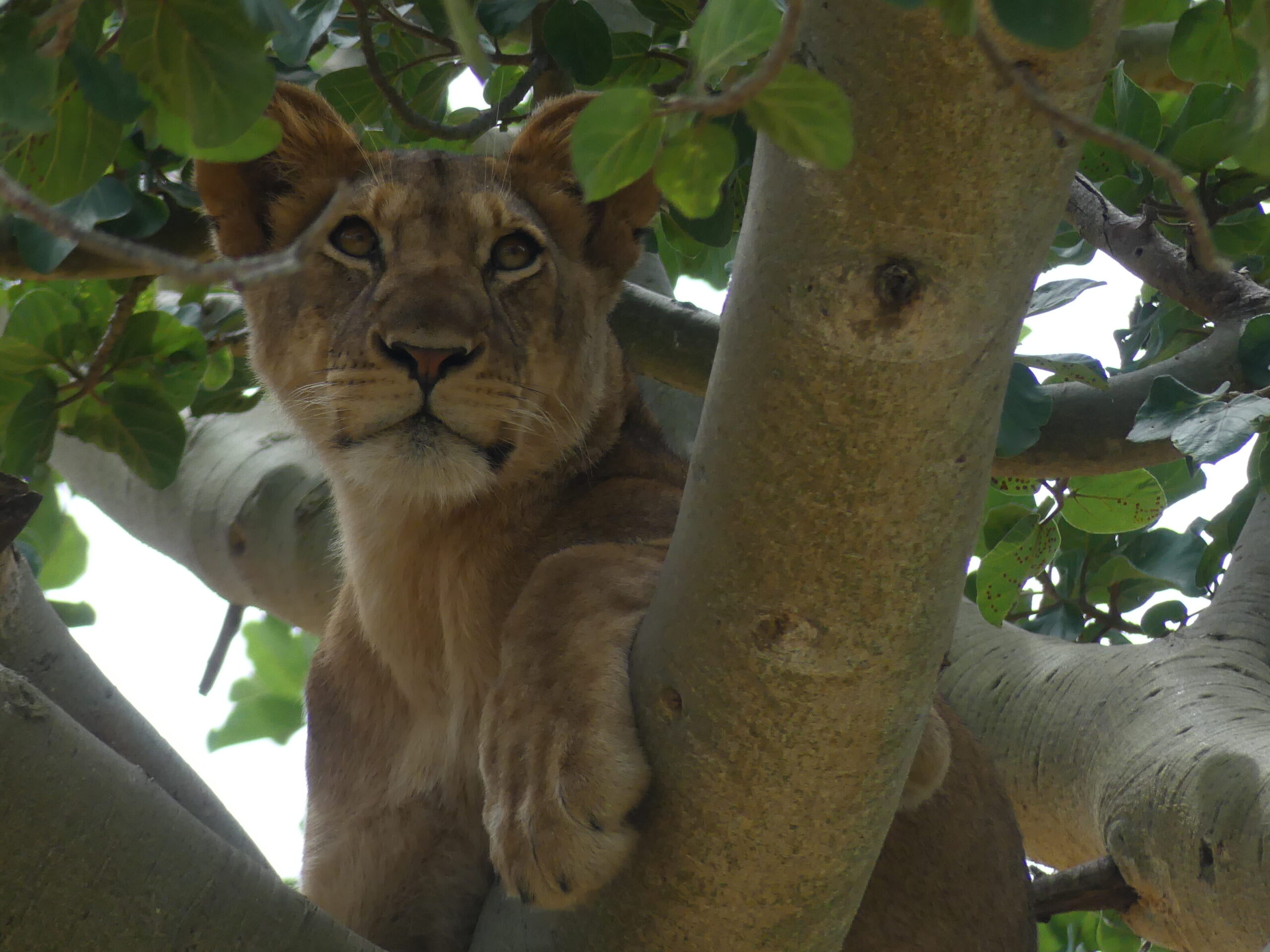Background
Leopards (Panthera pardus) and lions (Panthera leo) in Queen Elizabeth National Park (QENP) are essential both for the functioning of the ecosystem as top predators, and for the Ugandan economy as a prominent tourist attraction. However, human presence has been shown to cause changes in behaviour as well as elevated stress levels in various animals, including big cats.
An african safari is hardly complete for tourists without spotting the “Big Five”, including both lions and leopards. Lions in Queen Elizabeth NP are famous for their tree-climbing behaviour, thus attracting nature enthusiasts from all over the worlds. Tourism is a major source of income for Uganda, with the livelihoods of large parts of the population being dependant on foreign visitors.
However, tourism has been shown to have adverse effects on various animals, including large carnivores. The often resulting chronically higher stress levels in animals can have detrimental effects on them, including their activity patterns, immune system function and reproduction.
The most widely-used method to measure the influence of human activities on animals is to measure the levels of “stress-hormones” in the animals’ scat, saliva or blood. With free-ranging carnivores however, it is not only difficult to obtain these samples reliably, but also rarely possible to attribute samples to one individual or even species.
Using behavioural studies is a viable alternative that is not only much cheaper, but also provides individual and instantaneous data. If behaviours indicating higher stress levels and/or tourism pressure can be identified, those specific behaviours can also be used in everyday monitoring and can thus be valuable tools for conservation work.
Conservation work in touristic areas can be difficult if the interests of conservationists and tourists don’t align. It is therefore important to know about the interests of visitors and their willingness to comply with proposed regulations aimed at keeping negative impacts of tourism on animals low.
This study describes behavioural differences in lions and leopards depending on visitor parameters, and gives suggestions for visitor guidelines based on the results of an online visitor survey.

Aims
The aims of this study were
(1) to identify behavioural changes in free-ranging lions and leopard that are connected to tourism, and
(2) to gain insights into how visitors view african safaris.
Information gained from this study will contribute to the knowledge required for the effective management of tourism in the area, and will aid conservation efforts aimed at protecting these iconic predators.
